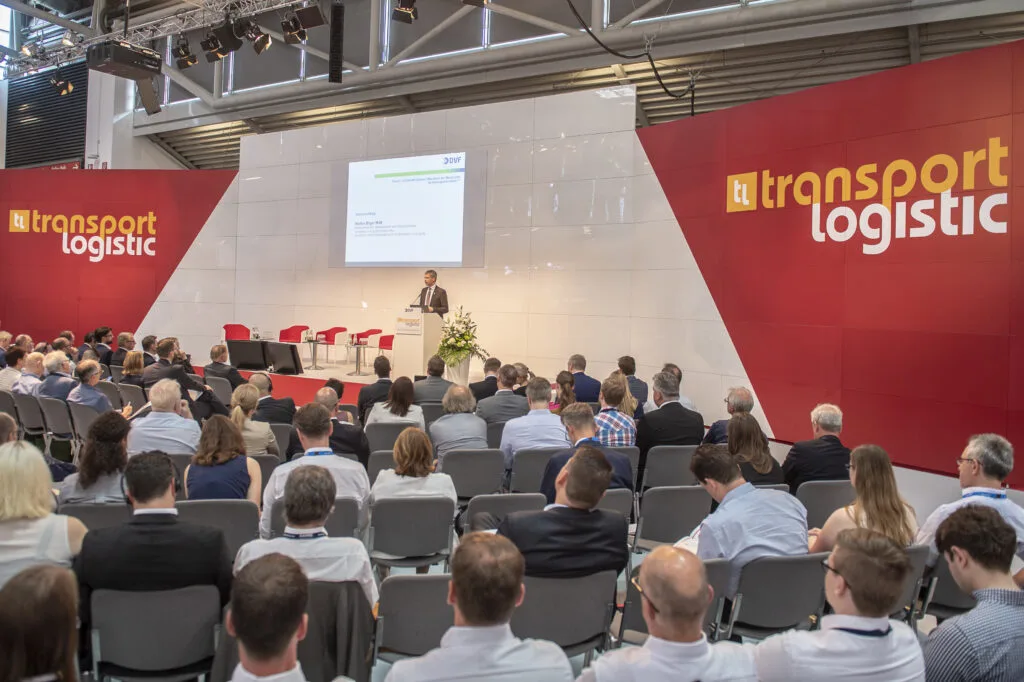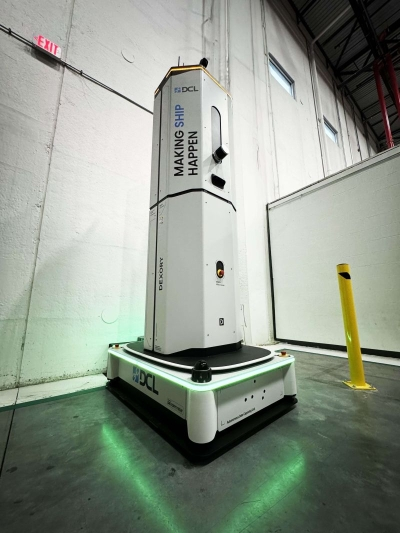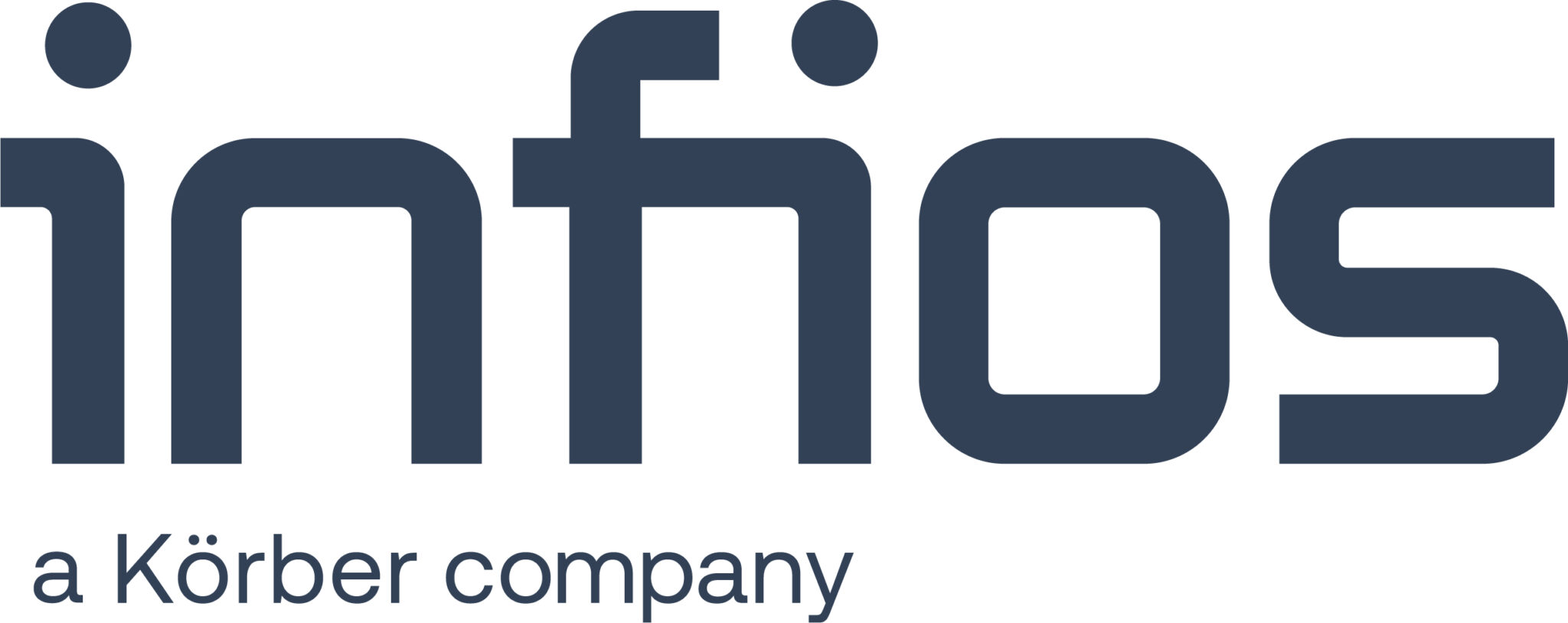For most people, summer is the best time of year. It means days out on the beach, rural walks, and maybe even a getaway. However, for many, it also means long stretches of travel and hours spent in traffic. With 3.6 million travellers expected to hit the UK roads most weekends, nobody is affected more than HGV drivers.
Across the UK, HGV drivers work up to 56 hours a week, even over the summer. During this time, they are more likely to face challenges from both their vehicles and health-related issues, like dehydration and fatigue, due to extreme temperatures. To help HGV drivers stay safe on the road this summer season, Matthew Briggs, CEO at Right Fuel Card, has offered his expert insight into how they can navigate the roads and protect themselves during summer. Dr Deborah Lee from Dr Fox Online Pharmacy also offered expert insight into the health risks that HGV drivers face during the warmer months, and how they can be prevented.
Vehicle Risks: Traffic-related accidents:
“Summertime is the busiest period for UK roads, with an estimated 27 million leisure trips expected throughout the peak of summer. Consequently, the increased number of cars on the roads means an increased number of accidents, with a 59% increase in speed-related deaths and serious injuries on the UK’s motorways and major A roads during summer,” says Briggs. “While it is important to practice safe driving all year round, it’s important for HGV drivers to have an increased sense of awareness, particularly when drivers on the road are not used to travelling long distances.” The key things to remember while driving during heavy traffic are as follows:
• Avoid tailgating, particularly on long stretches of road.
• Be conscious of blind spots, particularly for inexperienced drivers trying to cut in.
• Try to be predictable for other drivers on the road and avoid sudden changes in speed or lane position.
The ‘Urban Heat Island’
“The ‘Urban Heat Island (UHI) is when cities and urban areas become significantly warmer than their rural counterparts, especially at night. It is a well-documented phenomenon caused by how cities are built and how they function,” says Briggs. “A variety of factors contribute to this, including skyscrapers and narrow streets, which can block wind and trap heat, a lack of trees and plants, as well as roads and pavements which absorb sunlight during the day. These factors lead to a temperature increase of between 3°C and 6°C during the day.
“HGV drivers are particularly affected by this, as long stops in traffic or dense city centres can lead to the cab’s temperature increasing rapidly, especially if the A/C is not effective or fails. To avoid getting caught out by this, try plan your route to avoid built-up areas or city centres. Sometimes this can be impossible depending on your destination, if so, try to take your break when you are out of the suburban area and try to pull over somewhere more rural.”
Mechanical Failures
“HGVs are among the largest vehicles on the road, and as a result, they have many points of failure,” he adds. “The most common mechanical issue drivers can expect during summer is the engine overheating. HGV engines already work hard, and a long period of high temperatures can push the cooling system over the edge. Additionally, if the coolant levels are low or the radiator is clogged, they may begin to steam from the bonnet mid-route. To avoid this, regularly check the coolant levels, fan belts and radiator.”
“Tyres can suffer during the summer, they wear faster, since hot asphalt and long trips increase friction, especially if roads are poorly maintained. A more extreme issue caused by the heat is tire blowouts. This occurs when heat causes the tyres to expand, which is particularly dangerous if they are over-inflated. An easy way to prevent this is to check your tyres at the beginning of each shift. This might sound pedantic, but vehicles are much more susceptible to issues in the summer.”
Health risks during the summer
Dr Deborah Lee from Dr Fox Online Pharmacy offered her expert insight into the increased health risks that HGV drivers face during the summer months.
Heat-related fatigue and dehydration
“Fatigue and dehydration are two of the greatest dangers for any driver. They often occur together, and either one or both can kill. 68% of road accidents are due to driver error, which can be caused by dehydration and fatigue,” she says. “Although many drivers may not realise it, dehydration is a cause of fatigue. In a study by Loughborough University, drivers suffering from dehydration were found to commit as many driving errors as those driving under the influence of alcohol.
“To avoid this, start the journey well-hydrated. Water is the best fluid you can drink, but tea, coffee, fruit juice and squash also count. Be aware that tea and coffee contain caffeine, which is a diuretic. This means it makes you need the toilet more often, which doesn’t help fluid balance. Avoid sugary, fizzy drinks and energy drinks as these are not good at quenching thirst. Take water with you on your journey and sip a little and often. Make sure you have a large, refillable water bottle that’s easy to grab and drink from while driving. You can refill this when you stop for a break or to use the toilet. Take some bottled water in case you need it. You must drink at least 8 ounces (one large cup/glass) of water every hour.”
Sun, Sweat and Safety
“HGV drivers may not be aware that the glass in the car windows does not block UVA and only blocks some UVB radiation. This means drivers are at risk of excess UV exposure, which increases the risk of skin cancers, as well as causing premature ageing of the skin,” Dr Lee explains. “Drivers should use sunscreen with SPF 30 or above, plus at least 4 stars for anti-UVA protection. They should also cover up with long sleeves and wear UV-blocking sunglasses. Always wear a hat and use SPF 50 sunscreen with care.”
Briggs added, “Driving an HGV in extreme heat is no small task – it’s physically and mentally demanding in ways many don’t see. Long hours on the road, sun glare, hot cabs, and the added strain on vehicles all combine to make summer one of the toughest times of year for our drivers. It’s not just about comfort; it’s about concentration, safety, and endurance.”
similar news














